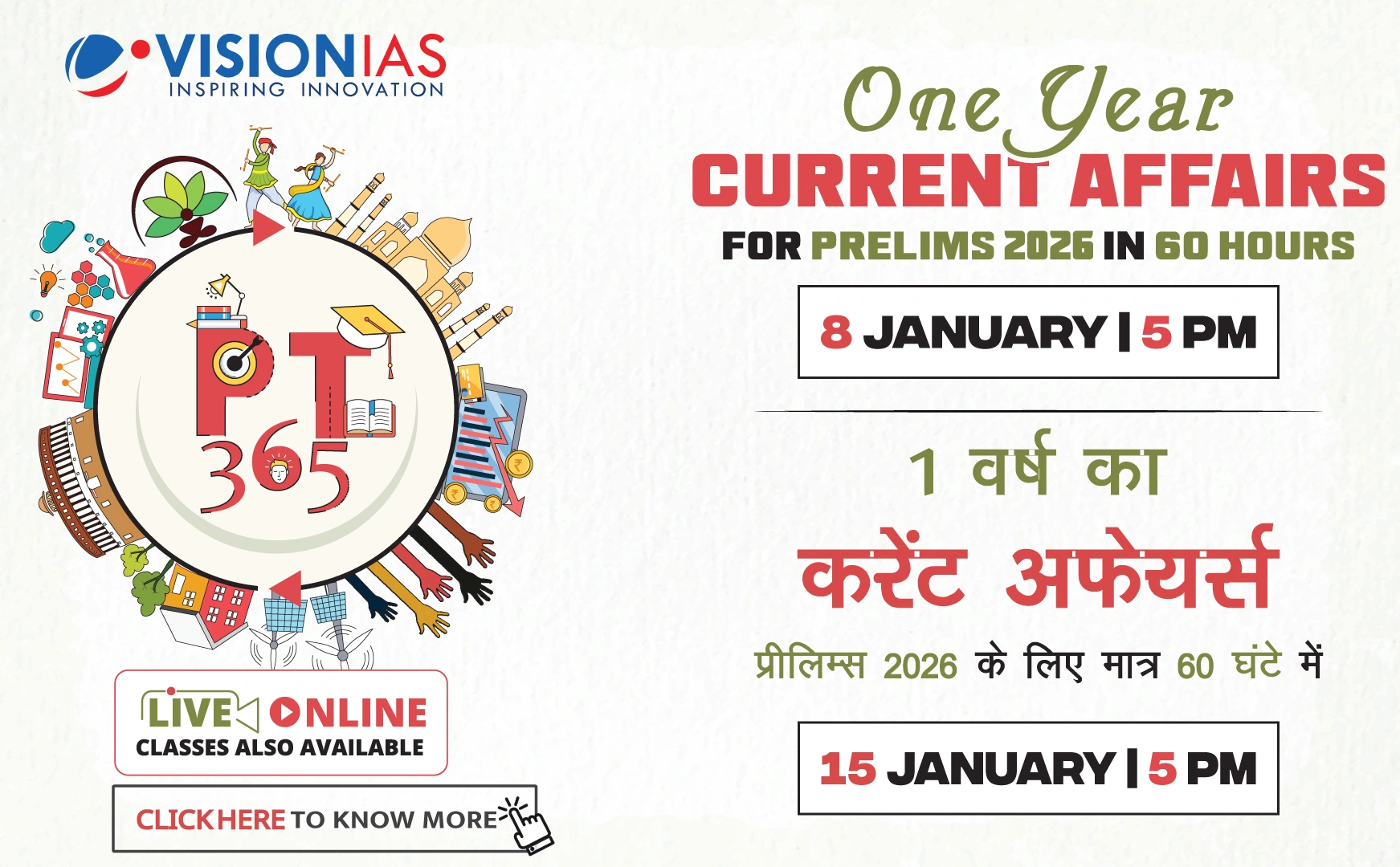Severe Air Pollution in South Asia
The article discusses the recurring issue of air pollution in South Asia, particularly focusing on Delhi's deteriorating Air Quality Index (AQI). The problem is not confined within the borders of India but extends to neighboring countries like Pakistan, Bangladesh, and Nepal.
2024 India-Pakistan Smog
- In November 2024, Lahore and Delhi experienced severe pollution, known as the '2024 India-Pakistan Smog'.
- 'Brown clouds' over cities were clearly visible in satellite images.
- Pollutants moved across borders, exacerbating Delhi's air quality.
Regional Air Pollution Factors
- The fixed topography of South Asia contributes to poor ventilation and dispersal of pollutants.
- Anthropogenic sources like industrial and vehicular emissions are major contributors.
- Failure in political management exacerbates the issue.
Health and Economic Impact
- World Bank estimates a 3% GDP loss in India due to healthcare and lost labor from high AQI levels.
- The Lancet reported a 1.36% GDP reduction in 2019 from air pollution-related health issues.
Contributing Factors to Air Pollution
- Increased automobile sales and insufficient public transport.
- Lack of urban greenery due to urban construction.
- Consumption and production patterns driving climate change.
Necessary Solutions
- Long-term strategies focusing on decarbonization and structural reforms in agriculture and industry emissions.
- Need for a nuanced governance model with strong political will.
- A broader regional airshed scale management strategy is recommended.
The article emphasizes that effective air pollution mitigation requires collaborative policies involving multiple stakeholders across regions and borders, highlighting the importance of a meteorological mindset to address the root causes of air pollution.



